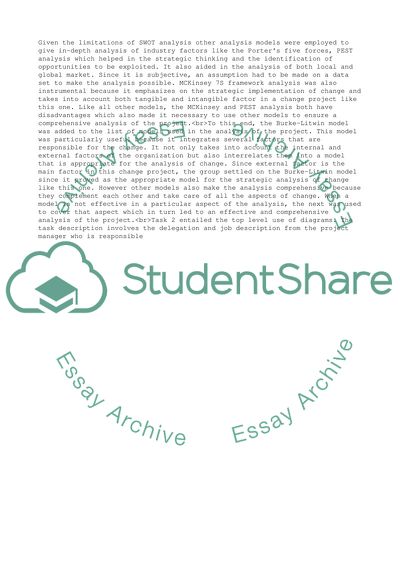Cite this document
(Reflective report Essay Example | Topics and Well Written Essays - 5000 words, n.d.)
Reflective report Essay Example | Topics and Well Written Essays - 5000 words. https://studentshare.org/business/1820947-reflective-report
Reflective report Essay Example | Topics and Well Written Essays - 5000 words. https://studentshare.org/business/1820947-reflective-report
(Reflective Report Essay Example | Topics and Well Written Essays - 5000 Words)
Reflective Report Essay Example | Topics and Well Written Essays - 5000 Words. https://studentshare.org/business/1820947-reflective-report.
Reflective Report Essay Example | Topics and Well Written Essays - 5000 Words. https://studentshare.org/business/1820947-reflective-report.
“Reflective Report Essay Example | Topics and Well Written Essays - 5000 Words”. https://studentshare.org/business/1820947-reflective-report.


